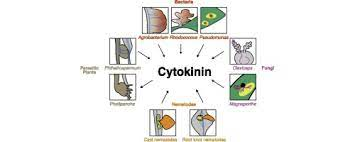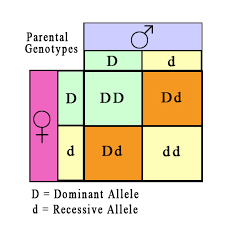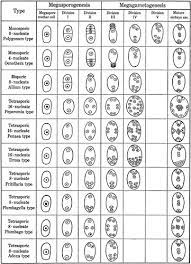Cytokinin and their role
Cytokinin
Discovery:
The presence of cell division inducing substances in plants was first demonstrated by Haberlandt in 1913 in Coconut milk (liquid endosperm of coconut) which contains cell division inducing substances. In 1954, Skoog and Miller discovered that autoclaved DNA from herring sperm stimulated cell division in tobacco pith cells. They called this cell division inducing principle as kinetin (chemical structure: 6-Furfuryl Amino Acid). This does not occur in plants. In 1963, Lethan introduced the term cytokinin. In 1964, Lethan and Miller isolated and identified a new cytokinin called Zeatin from unripe grains of maize. The most widely occurring cytokinin in plants is Iso Pentenyl adenine (IPA).
Occurrence:
Cytokinin is formed in root apex,
shoot apex, buds and young fruits.
Precursor:
Cytokinins are derivatives of the
purine adenine.
Bioassay (Neem Cotyledon Assay):
Neem cotyledons are measured and
placed in cytokinin solution as well as in ordinary water. Enlargement of
cotyledons is an indication of cytokinin activity.
Transport in plants:
The distribution of cytokinin in
plants is not as wide as those of auxin and gibberellins but found mostly in
roots. Cytokinins appear to be translocated through xylem.
Physiological effect:
- Cytokinin promotes cell division in the presence of auxin (IAA).
- Induces cell enlargement associated with IAA and gibberellins Cytokinin can break the dormancy of certain light-sensitive seeds like tobacco and induces seed germination.
- Cytokinin promotes the growth of lateral bud in the presence of apical bud.
- Application of cytokinin delays the process of aging by nutrient mobilization. It is known as Richmond Lang effect.
- Cytokinin
(i) increases rate protein synthesis
(ii) induces the formation of inter-fascicular cambium
(iii) overcomes apical dominance
(iv) induces formation of new leaves, chloroplast and
lateral shoots.
- Plants accumulate solutes very actively with the help of cytokinins.




Comments